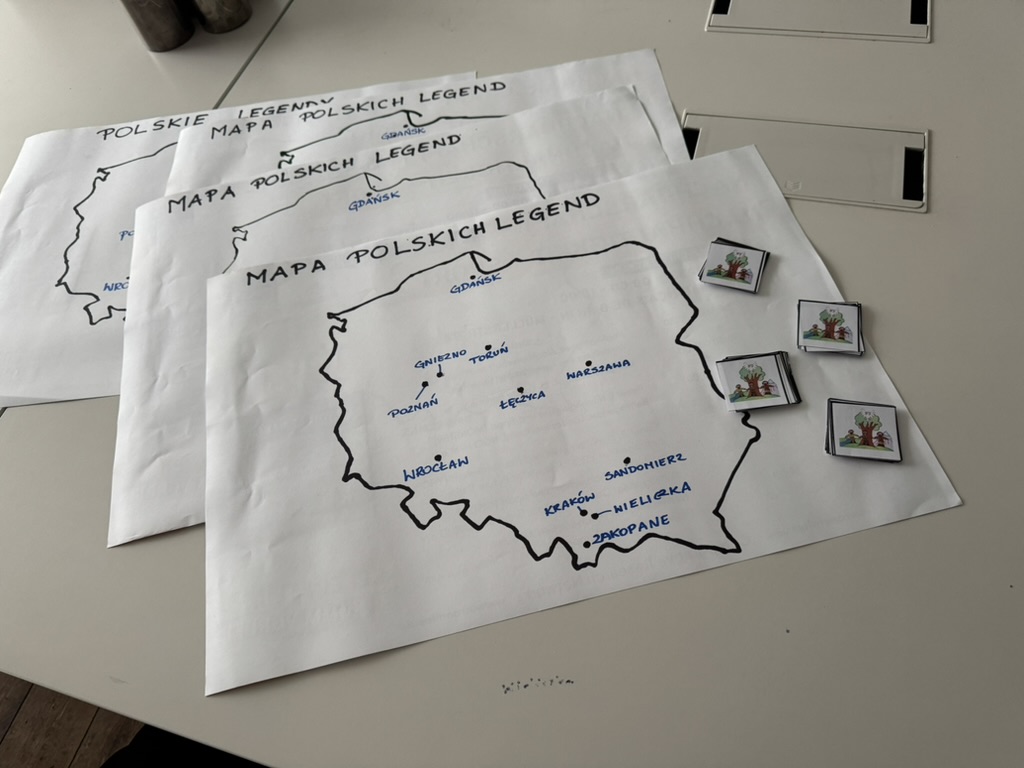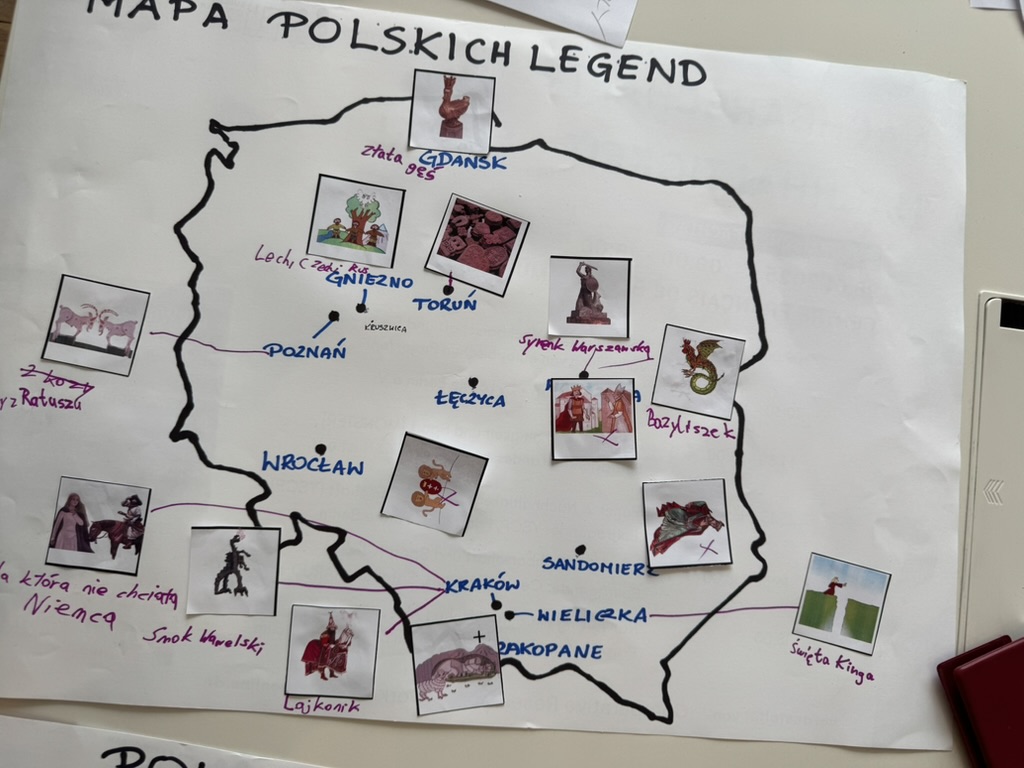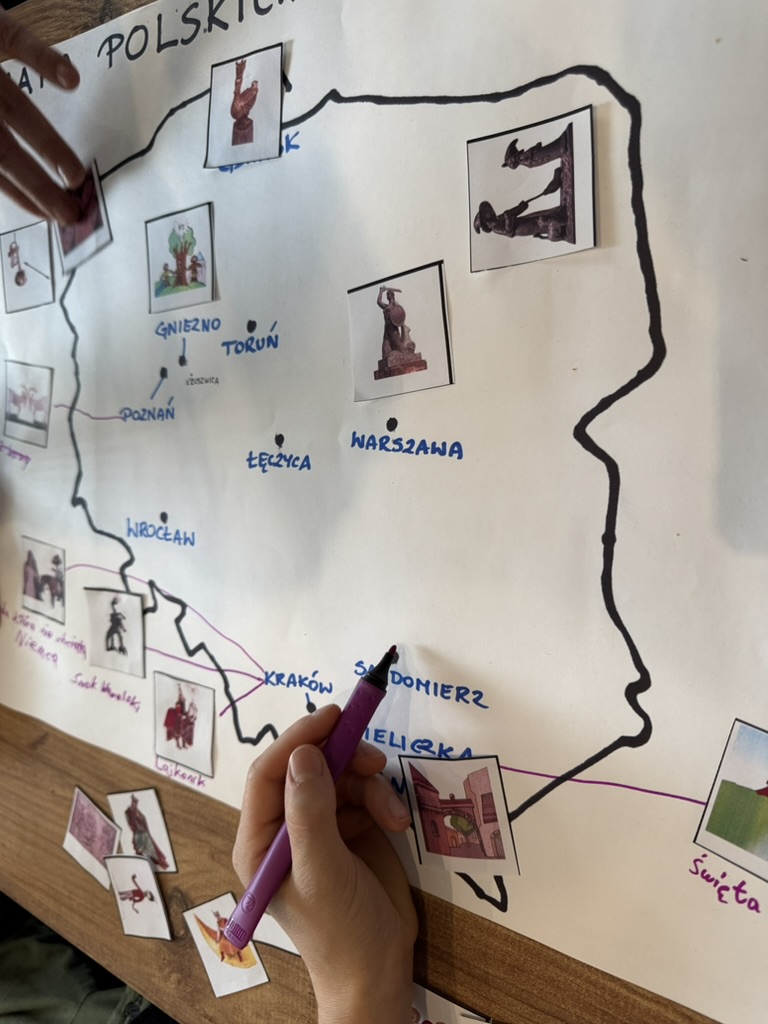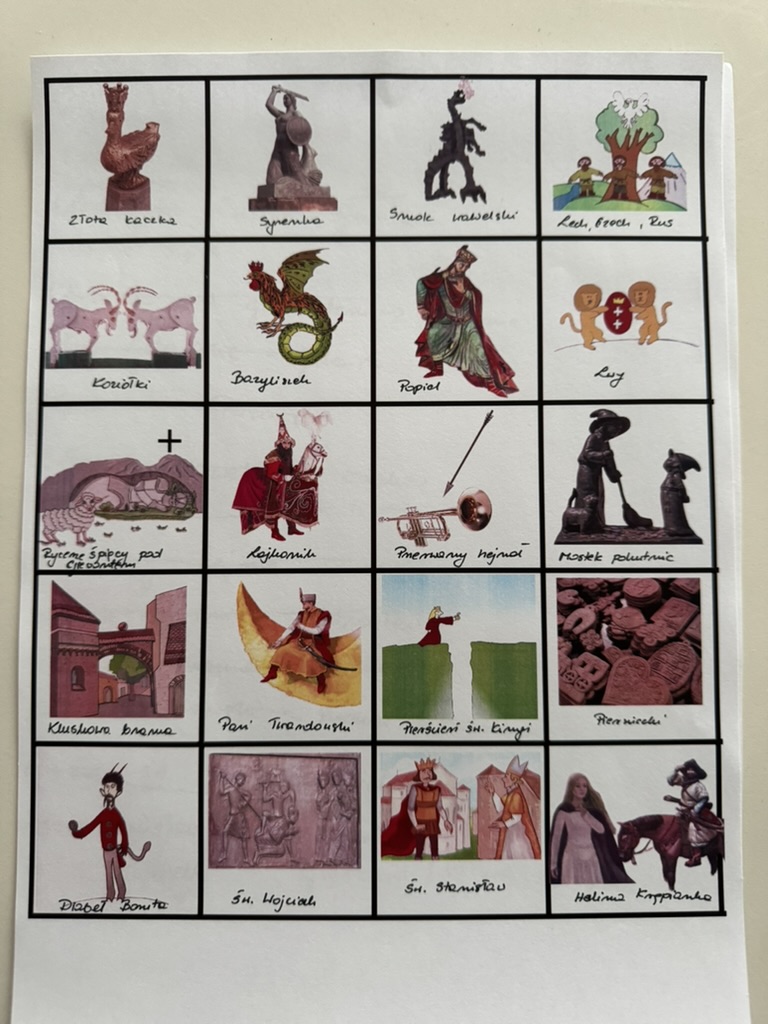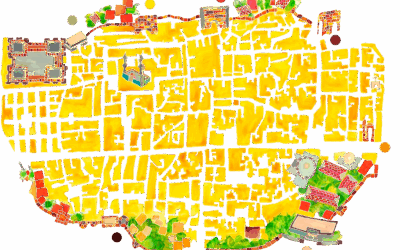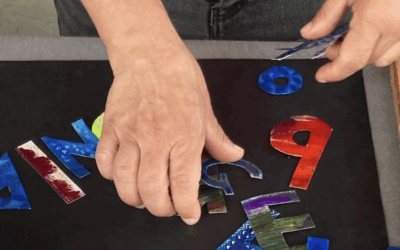Mapping Poland’s Legends
Mapping Poland’s Legends
This fun and educational game helps children to consolidate their knowledge of Poland’s geography and the country’s cultural heritage of legends! Players are handed a map of Poland’s borders and, depending on their age, its major cities, together with cards that depict well-known legendary figures. They are then asked to find a name for each legend and to locate on the map the town with which it is associated.
60 min
age 6 and above
Language Skills
B1 or above
Up to 20 participants (divided into groups)
Through this interactive game, children strengthen their knowledge of Polish geography while discovering key national legends and their cultural significance. By linking symbols to cities and reflecting on the stories, they develop memory, storytelling skills, and a deeper appreciation for regional heritage.
Printed maps, printed pictures, glue.
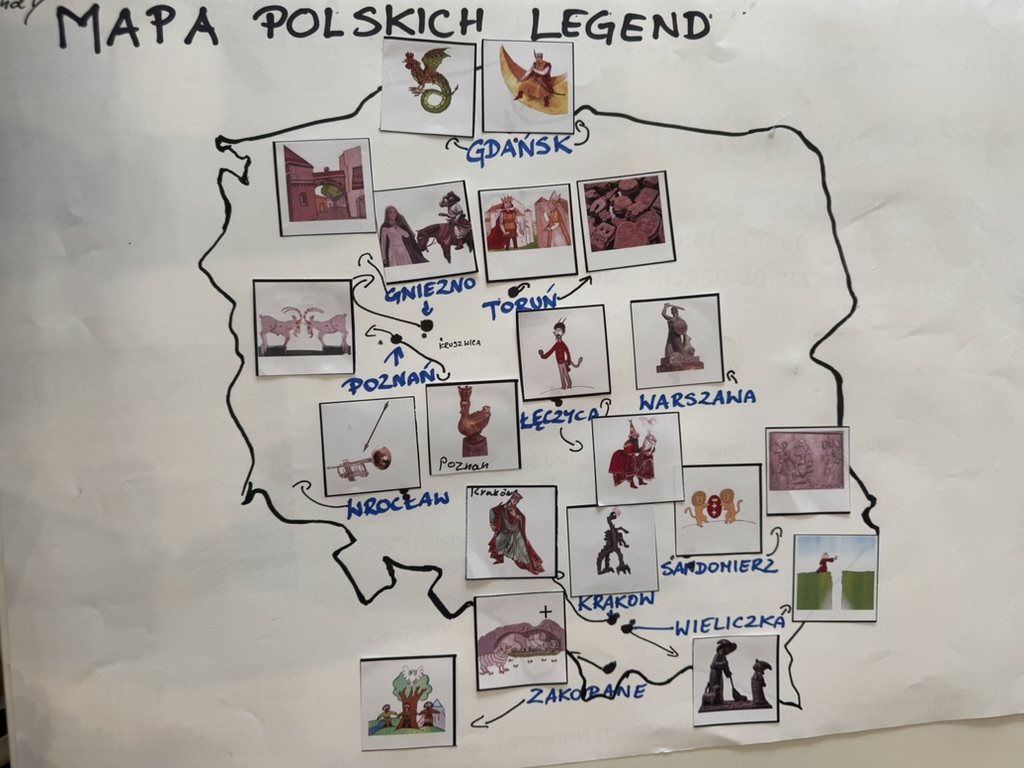
Languages Available
Step-by-step Guide
1. Prepare the Map and Cards
Provide each group with a blank or semi-marked map of Poland. Prepare small illustrated cards with symbols representing key Polish legends (e.g. a dragon for Kraków, goats for Poznań etc).
2. Explain the Task
– Find the correct city associated with the legend and place the card in that location.
– As the hints can be given, legend titles, or short descriptions to aid recognition.
3. Start the game
– Give each group a stack of legend symbol cards.
– Optionally provide blank legend title cards where students can write the name of the legend.
4. Scoring
– After placing all cards, go through the correct answers as a group.
– Groups receive points for each correct city-symbol match, and bonus points for correctly naming the legend.
5. Discussion
– Ask children to reflect on the legends they learned, which were most interesting.
– What new cities or cultural facts they discovered
This game enhances cultural and geographical knowledge about the home country.

For Educators & Teachers
Recommendations for educators and teachers
- For Younger Children (6–9 years)
– Use fewer legends and mark cities clearly.
– Focus on matching symbols to cities with visual support.
- For Older Children or Teens
– Remove city names from the map for added challenge.
– Ask for additional information such as moral of the story or characters.
- Multilingual Contexts
– Allow children to share legend names from the country of living.
- Incorporate a Discussion Phase
– Use interactive virtual whiteboards (e.g. Miro) and digital maps.
– Cards can be drag-and-drop elements and legends discussed in breakout rooms.
Expected output
-
It supports learning about Poland in a fun and playful way.
-
Children improve their memory and thinking skills by matching pictures with places.
-
They learn to listen, speak, and share ideas with others during group work.
-
The activity encourages curiosity about stories, cities, and culture.
-
It builds teamwork and helps children feel proud of what they know and discover.
Adaptation/Application of the method
1. For a Group with Varied Language Proficiency
– Pair or Group Work – Group students by similar language levels or mix levels to encourage peer support and collaboration.
– Different Difficulty Levels – Provide simplified maps with marked cities for beginners, while more advanced groups work with unmarked maps or receive additional tasks such as describing the legend.
– Extended Tasks for Advanced Learners – Ask advanced students to write short descriptions of the legend or share its moral.
2. For Other Languages
– Translated Instructions – Provide game rules and legend summaries in multiple languages to support heritage or community language use
3. For Bilingual/Multilingual Options
– Cultural Exchange – Ask children to share a similar legend from their own culture and locate it on the same or separate map.
Developed by / Origin / Original language
Katarzyna Wlusek, Comparative Research Network e. V. – Polish
References, and Resources
All images, except those from the testing workshop (drawings, strips with idioms), have been published under a Creative Commons Licence and can be freely used on condition of proper acknowledgement.
Images from our testing workshop: © Katarzyna Włusek (Comparative Research Network e. V.)
YouTube LEGENDY POLSKIE by Allegro: https://www.youtube.com/playlist?list=PLFttT4XjEwKQjYyH9m2vwwXQG94tUEeR1
Polish Legends Erasmus: https://www.1lo.gorzow.pl/wp-content/uploads/2022/12/Polish-legends-Erasmus.pptx.pdf
Poland Travel – Polish Legends: https://www.polandtraveltours.com/en/bez-kategorii-2/polish-legends/
Culture.pl Resourse: https://culture.pl/en/tag/polish-legends
Similar Activities
La balade des connaissances (à Damas)
Cette activité propose une promenade interactive dans la vieille ville de Damas, guidée par 8 lettres à découvrir. À chaque étape, des jeux permettent aux enfants d’améliorer leur écriture arabe tout en explorant l’histoire et le patrimoine de la ville. Le parcours aborde aussi des thèmes importants comme la paix et la diversité. Une expérience ludique et éducative, pensée pour les enfants en situation d’exil.
Animating Letters – Learn to Write with Stop Motion!
A playful way to explore the alphabet, build words, and practice writing through animation. Create fun, patterned letters, then bring them to life using stop motion!

